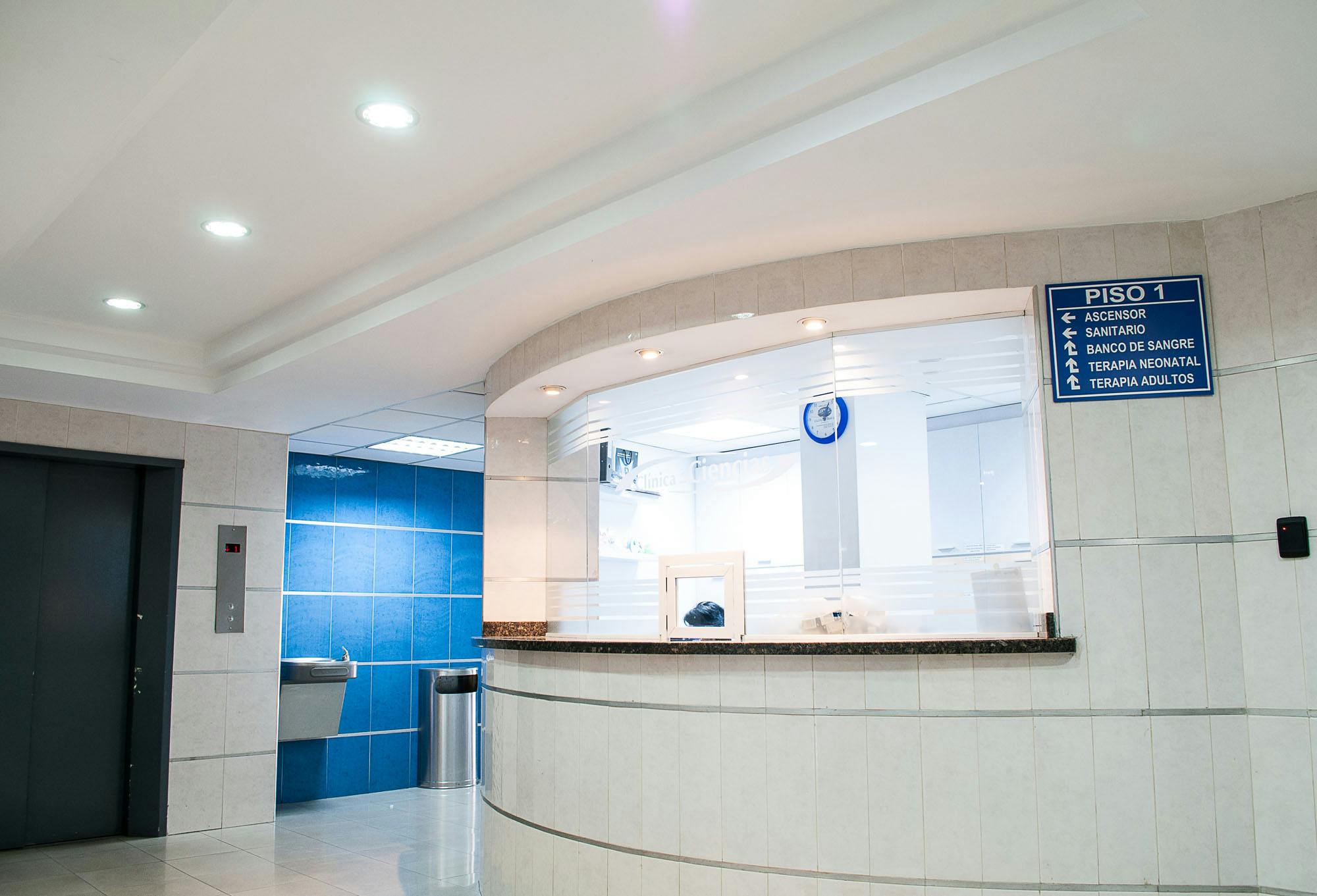Home


Resource Center
Estimated Reading Time: 3 minutes
As a hospital administrator or IT manager, smooth delivery of patient services is your number-one priority. Likewise, facilitating emergency and specialist care, along with coordination between caregivers, are among your top responsibilities.
 When doctors, nurses, and other caregivers can’t connect with one another, patient care suffers and you need to find a solution. Hospitals and other medical facilities increasingly rely on wireless devices for their in-house communication, leaving doctors and caregivers more reliant than ever on consistent cellular reception. Unfortunately, networks are easily overwhelmed by staff, patients and visitors, or negatively impacted by building materials like brick, concrete, steel and glass.
When doctors, nurses, and other caregivers can’t connect with one another, patient care suffers and you need to find a solution. Hospitals and other medical facilities increasingly rely on wireless devices for their in-house communication, leaving doctors and caregivers more reliant than ever on consistent cellular reception. Unfortunately, networks are easily overwhelmed by staff, patients and visitors, or negatively impacted by building materials like brick, concrete, steel and glass.
If your facility lacks adequate cellular signal, you’re not alone. Plenty of medical centers experience the same problem. However, administrators don’t always find the best solution. Many immediately turn to active distributed antenna systems (DAS) when a passive solution, or cell phone signal booster system, might prove to be a better option.
Passive or Active DAS?
Instead of creating their own cellular signal, like active DAS, passive DAS solutions capture existing signals from surrounding cell towers using rooftop donor antennas, amplify the weak signal, and then distribute the boosted signal inside the building or complex. The advantages of passive DAS include:
- Cost savings. Passive DAS costs between 30 cents and 70 cents per square foot to install. In comparison, an active DAS costs between $2 and $4 per square foot for a single-carrier solution. For a multicarrier solution, cost jumps to $5 to $10 per square foot.
- Reduced installation time. Passive DAS can be up and running in a matter of days. Active DAS, on the other hand, can take up to a year to install due to infrastructure and regulatory requirements.
- Carrier agnosticism. Passive DAS solutions offer a universal solution that benefits all users regardless of cell service provider. Doctors, administrators, and visitors can access enhanced signal on major carriers like Verizon, AT&T, and T-Mobile, as well as smaller regional carriers.
Passive DAS in Action
Cell phones have all but eliminated pagers and intercom systems at hospitals. This shift has streamlined communications, but it relies on a consistent cellular signal. Dropped calls cut off medical staff from their colleagues and patients.
Consider CHI St. Luke’s in Lufkin, TX, for example. Upper patient floors, the medical staff meeting room, radiology department and operating rooms all suffered from poor connectivity.
“In the lower parts of the hospital, especially in the first-floor medical staff meeting room, there was no service whatsoever,” described David Bailey, chief medical officer. “The only way someone could get in touch with you was through paging, and that’s a problem because there’s only one phone in that room.”
CHI St. Luke’s administrators first considered active DAS to solve the problem. However, with a tight budget and limited time, an active solution simply didn’t make sense. Instead, the hospital decided to implement a passive DAS. The new system improved cellular connectivity throughout the campus and cut out the dropped calls and lack of signal that interfered with the efficient delivery of care.
“Our physicians are happier, our staff’s happier, we’re better connected and quite honestly, I believe it will lead to better care in our hospital,” said David Glenn, president and chief medical officer for Memorial Clinics, a division of CHI St. Luke’s Health.
If you’d like to learn more about cellular connectivity options available for your hospital, download our Buyer’s Guide. Or, visit our healthcare industry page to read about how cell phone signal boosters can improve healthcare delivery.

